Very cool. I've been spying on your PR to see how it's going!

Czy wolisz polską wersję strony elektroda?
Nie, dziękuję Przekieruj mnie tam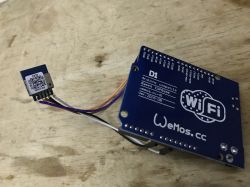



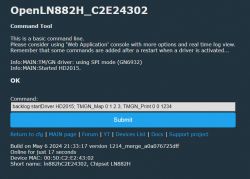
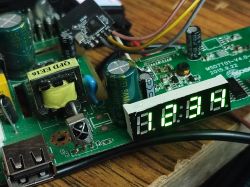
p.kaczmarek2 wrote:>>21072408
Guys, do you have B9 gpio working on your LN882Hs? For me, it's in high state all the time and OBK can't control it.
max4elektroda wrote:[
That's probably, because B9 is Tx1 (so you will find your serial logs there on a physical port - at least this is where I get my logs from)
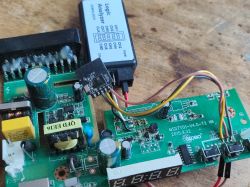

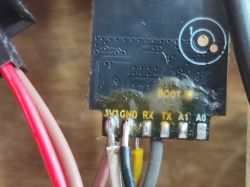
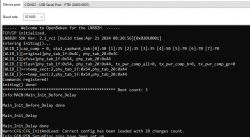
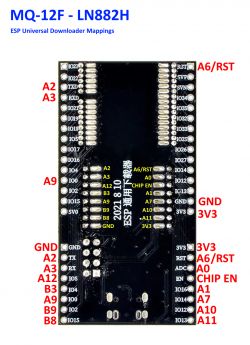
Piorun2002 wrote:>>21070551
I turned off some test MQTT options (hass / tele discovery) and it seems to work well
[...]
after enabling the options:Flag 27 - [HASS] Invoke HomeAssistant discovery on change to ip address, configuration Flag 30 - [MQTT] Enable Tasmota TELE etc publishes (for ioBroker etc)
the problem started occurring again
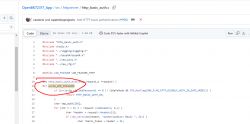

max4elektroda wrote:If you reset the device and give a wrong password more than 5 times, you will be asked if you like to reset the configuration of the device....
vovatvset wrote:I'm new and I don't know how to build the firmware. Here, no matter who, can I build a firmware without a web password for ln882h
max4elektroda wrote:|
p.kaczmarek2 wrote:Can you encapsulate your code into something like #ifdef ENABLE_OBK_AUTH_RECOVERY ? Then I will happily merge your changes.
max4elektroda wrote:As an additional point: I first thought of "you need to press the button during the procedure".
Piorun2002 wrote:so you can add the "Disable password reset" extension
when setting a password, you decide whether you want to disable this option
that would be very intuitive



